A perfume is frequently more than simply a scent; it’s a premium experience and a declaration of personal style. Sadly, the market is overrun with imitation versions of well-known fragrances, making it more difficult to tell the difference between the two. Not only can fake perfumes not last as long as real ones, but they may also contain dangerous compounds. You may save your investment and yet enjoy the genuine essence of your favorite aroma by using this guide to identify phony perfume. These suggestions will assist you in making assured, knowledgeable purchases, regardless of your level of experience with fragrances.
Packaging Check
One of the first things to look for when identifying a fake perfume is the container. While fake goods frequently take shortcuts, genuine perfumes are packed with extreme care and attention to detail. Here are some things to watch out for:
Box Quality:
Real perfume boxes are composed of premium materials that are smooth to the touch and feel robust. A big clue that the perfume might be fake is if the box is thin, weak, or badly constructed. While genuine perfume boxes are frequently strengthened and well-constructed to protect the bottle within, fake packaging may show creases, bends, or other indications of poor construction.
Logos and Branding:
Branding and logos will be positioned precisely where they should be, with the right dimensions and alignment, in a real perfume. Conversely, counterfeit fragrances occasionally feature logos that are crooked, excessively huge or small, or printed in an incorrect color. To look for any differences, make sure to compare the package with official photos from the brand’s website.
Serial Numbers and Barcodes:
The majority of respectable perfume products have a serial number on both the bottle and the package. The serial number on the box and the one on the bottle should match, but if they don’t, or if you can’t locate a serial number at all, it’s probably a fake. Additionally, some brands have barcodes on their packaging that you can scan to confirm the product’s authenticity. Furthermore, you can frequently confirm the serial number by contacting the brand’s customer service or by visiting their website.
Bottle Appearance
A perfume bottle is a symbol of the brand’s artistry and attention to detail, not just a simple container. Genuine perfume bottles are meticulously crafted, whereas fake ones may have obvious defects. To help you spot a fake, let’s take a deeper look at the essential components of a perfume bottle:
Shape and Design:
Real perfume bottles frequently have elaborate designs with distinctive accents and forms that capture the essence of the brand. High-end companies spend money on symmetrical, luxury bottle designs. A bottle may be a fake if its shape seems strange, such as being overly large, crooked, or out of proportion. Since genuine perfume bottles are usually molded with perfect edges and a uniform structure, you should also look for any anomalies in the design or seams. You can identify any design inconsistencies by comparing the bottle to official photos from the brand’s website or other reliable sources.
Cap Quality and Fit:
Another area where fake perfumes frequently fail is the bottle top. A real perfume cap shouldn’t be too tight or too loose; it should fit the bottle snugly. It should also feel substantial when removed or replaced and be composed of high-quality materials like metal or durable plastic. It’s a warning sign if the cap feels thin, light, or poorly made. Sometimes the cap of a fake perfume is crooked, has jagged edges, or doesn’t fit the bottle correctly.
Sprayer Mechanism:
A real perfume bottle should have a smooth functioning sprayer that releases a fine, even mist of smell when you press it. Sprayers for fake perfumes may seem rigid, uneven, or not consistently sprayed. The spray stream may be overly wide or irregular, and the nozzle itself may be crooked or improperly mounted. With each use, high-quality sprayers are made to provide you with the best, most regulated mist possible, making applying perfume feel opulent and effortless.
Scent Comparison
The aroma of a perfume is one of the most obvious indicators of its authenticity or fakeness. A real perfume’s scent is the result of a meticulously designed procedure that balances the top, middle, and base notes to produce a nuanced, changing experience. However, fake fragrances frequently fail in this regard. Here’s how to compare perfume scents and identify possible fakes:
Longevity of the Fragrance:
The longevity of a real perfume is one of its distinguishing features. As they work with your skin, high-quality perfumes tend to change over time and should last for hours without going bad. Fake perfumes frequently don’t last long; they may smell strong at first, but after an hour or two, the scent completely goes gone. This discrepancy results from the fact that authentic perfumes have a higher concentration of essential oils, whereas counterfeits frequently employ diluted formulae that are diluted with alcohol, which causes the essential oils to evaporate rapidly.
Top, Middle, and Base Notes:
The fragrance profile of authentic perfumes is organized, with many components that emerge gradually. The top notes are the first fragrances that come to mind when you first spray a perfume; they are usually light and fresh. The middle (or heart) notes, which are frequently more flowery, fruity, or spicy, will surface as the scent dries. The base notes, which might include woody, musky, or vanilla-like scents, are what are left over after the perfume has settled and give it depth and enduring richness. Fake perfumes typically have a one-dimensional, flat aroma that doesn’t change or grow as it wears off.
Price Discrepancy
One of the most common red flags when purchasing perfume is a price that seems too good to be true. While discounts and sales happen, especially around holidays, prices that are significantly lower than the standard retail value should make you pause and question the authenticity of the product. Here’s why price discrepancy is an important factor in determining whether a perfume is real or fake:
Unusually Low Price for High-End Brands:
Based on their exclusivity, ingredient quality, and reputation, designer perfumes—especially those from premium brands—usually fall into a specific price range. The high cost of these perfumes is a reflection of the quality and artistry of the materials used to create the aroma. It’s a serious red flag if the price of the perfume is far less than what authorized retailers are selling. Because they use less expensive components and manufacturing techniques, counterfeit perfumes are frequently offered for a fraction of the retail price. Fake perfume vendors are aware that even though their product isn’t real, many buyers will be enticed by the prospect of purchasing a luxury scent at a discounted price.
Online Marketplaces and Unauthorized Sellers:
A large number of fake fragrances are offered for sale on internet marketplaces or by independent vendors who are not associated with the brand. These platforms can provide products at considerably lower rates than department shops or brand boutiques, but they do so by cutting out the middlemen or delivering lesser-quality reproductions. Counterfeiters take advantage of the internet economy by offering “too-good-to-pass-up” prices, even though some merchants are trustworthy. A perfume is more likely to be fake if it is being offered by a vendor who is not an authorized distributor.
Barcode and Ingredients
Verifying a perfume’s legitimacy requires looking at the ingredients list and barcode. Although counterfeiters can mimic many parts of a product’s look, they frequently fail to copy information present on the package and bottle itself, such as ingredient lists and barcodes. These two factors are essential for spotting counterfeit perfumes for the following reasons:
Barcode Verification:
Reputable brands of genuine perfumes will always have a distinctive barcode that may be scanned to confirm authenticity. In retail systems, this barcode is used to trace the goods and verify their legitimacy. A genuine product’s barcode should match the appropriate information in the brand’s or retailer’s system, including the name, price, and stock level. Barcodes on counterfeit perfumes frequently don’t match or are completely absent. Fakes occasionally have barcodes that point to an entirely different product.
Ingredients List:
A clear and comprehensive components list, which may be printed on the bottle or the package itself, is usually a sign of an authentic perfume. Important ingredients like alcohol, water, essential oils, and other typical scent ingredients should be on this list. It’s probably a fake if the components list is absent, ambiguous, or extremely generic (for example, simply saying “fragrance” or “parfum”). Cheap synthetic chemicals that can irritate skin or give off an unpleasant scent are frequently used in counterfeit fragrances. The richness and longevity of high-quality perfumes, on the other hand, come from a well-balanced combination of synthetic and natural elements. Always make sure the perfume is legitimate by looking for a detailed components list.
Smell Test
A direct smell test is one of the most accurate methods for identifying a fake perfume. While a fake perfume frequently lacks the depth and durability of a real aroma, a genuine perfume will have a rich, well-balanced scent that changes as it settles on your skin. Here are some tips for using your sense of smell to tell the difference between a genuine and fake fragrance:
Skin Chemistry:
Remember that a perfume’s scent on your skin differs significantly from its scent in the bottle. Real perfumes are made to work with your skin’s chemistry and natural oils, which can subtly but pleasantly change the scent. The aroma of fake perfumes may be less pleasing or even disagreeable because they don’t mix as well with your skin. A scent is most likely fake if it doesn’t seem to fit your body chemistry and smells strange or harsh.
Longevity:
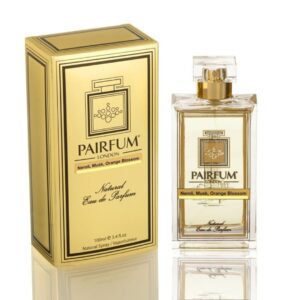
(source:www.pairfum.com)
The duration of the scent is one of the most noticeable distinctions between authentic and counterfeit fragrances. Real perfumes are made to last, with fragrances that continue to cling for hours after using them. Even though the scent may change over the day, it should still be detectable without requiring frequent reapplication. On the other hand, fake fragrances usually fade rapidly. You might notice that the perfume doesn’t last more than an hour or two, or the aroma might fade after a few hours. The scent isn’t real if it fades considerably more quickly than anticipated.
Verify Through Reviews and Community
Examining reviews and comments from the public is another efficient method of confirming a perfume’s legitimacy. The experiences of other customers who have bought and utilized the same product can frequently be used to verify authenticity. Here’s how to identify a counterfeit using community insights and internet reviews:
Customer Reviews:
Examining consumer evaluations on reliable websites, such as those of official retailers, well-known e-commerce sites, or niche beauty forums, is one of the simplest methods to confirm the legitimacy of a perfume. Verified customers’ reviews of authentic perfumes are typically consistent and offer valuable information about the product’s quality, aroma, and longevity. Read thorough, in-depth assessments that go into detail about particular facets of the scent, such as its intricacy or how it has changed over time. Reviews of fake fragrances may be brief or extremely general, frequently omitting details about the fragrance or development of the perfume. It may be an indication of deception or manipulation if the reviews are too positive or vague.
Although it takes attention to detail to spot a fake scent, you may quickly spot counterfeit goods by following the instructions in this article. Examine the bottle’s look, packaging, and aroma development. Watch out for unusually low prices. To guarantee authenticity, always check the components, barcode, and reviews from reliable sources. Buying from approved merchants is the greatest way to avoid counterfeits, as genuine perfumes give a customized experience from scent to longevity. You can enjoy real perfumes with confidence and avoid being duped if you follow these suggestions.
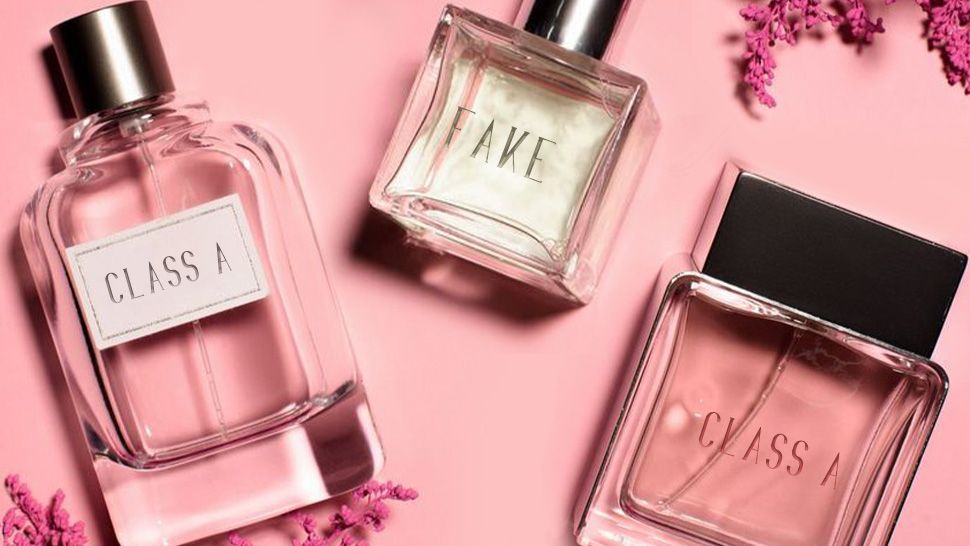
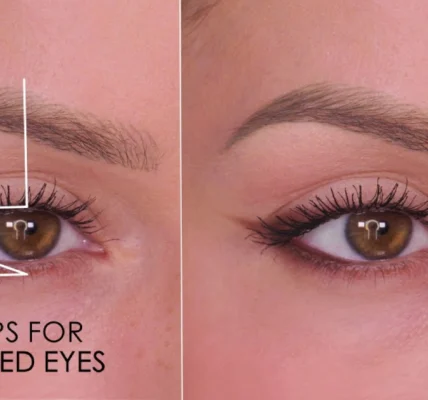
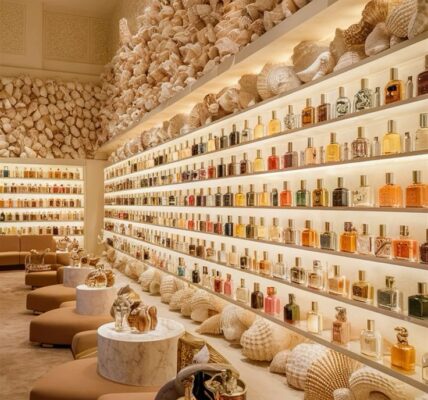

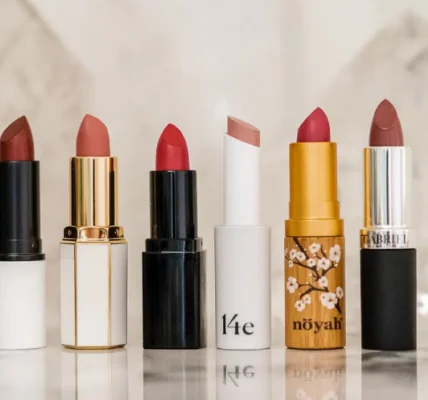
Your article helped me a lot, is there any more related content? Thanks!
Can you be more specific about the content of your article? After reading it, I still have some doubts. Hope you can help me.
Thanks for sharing. I read many of your blog posts, cool, your blog is very good.